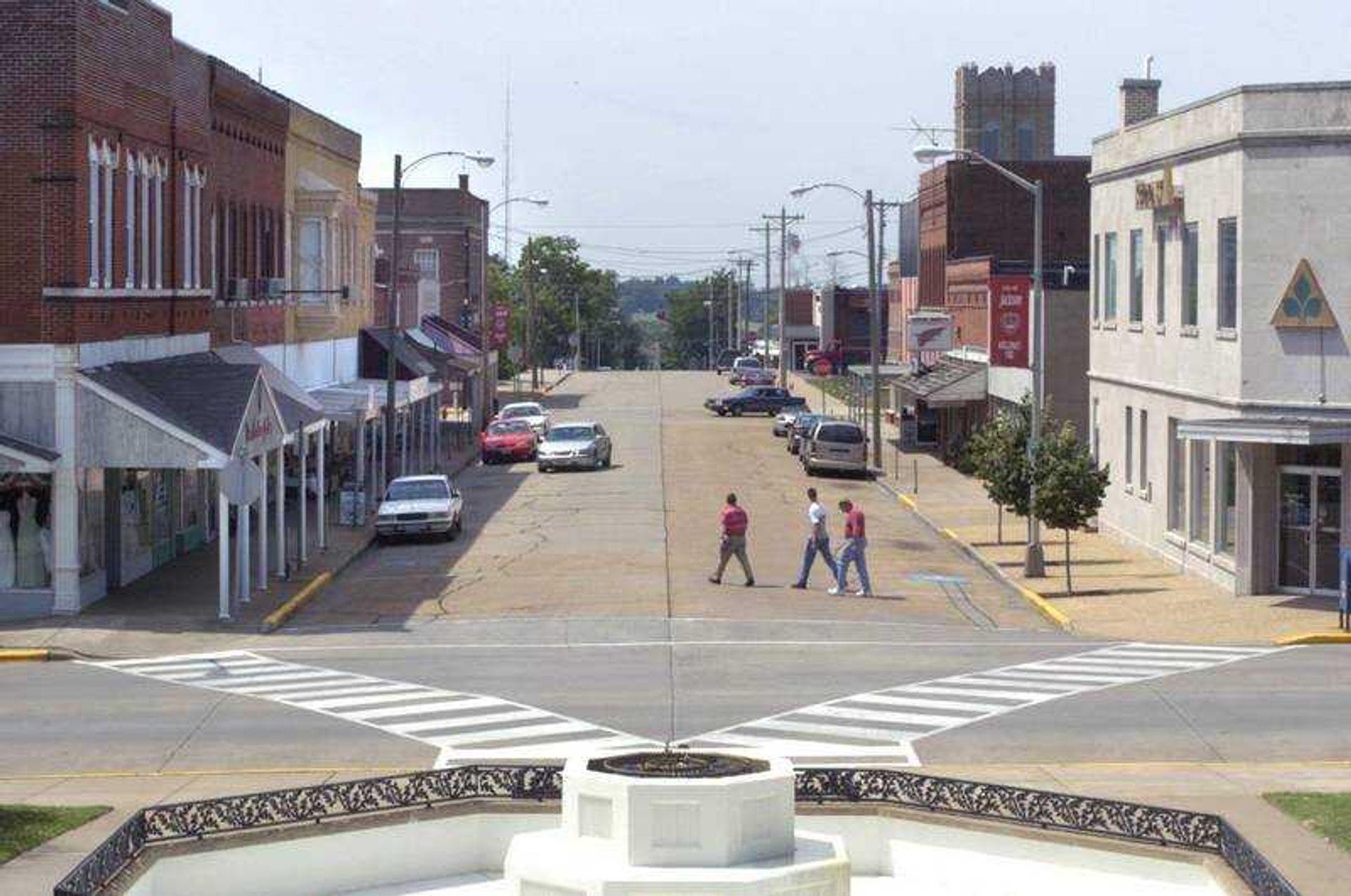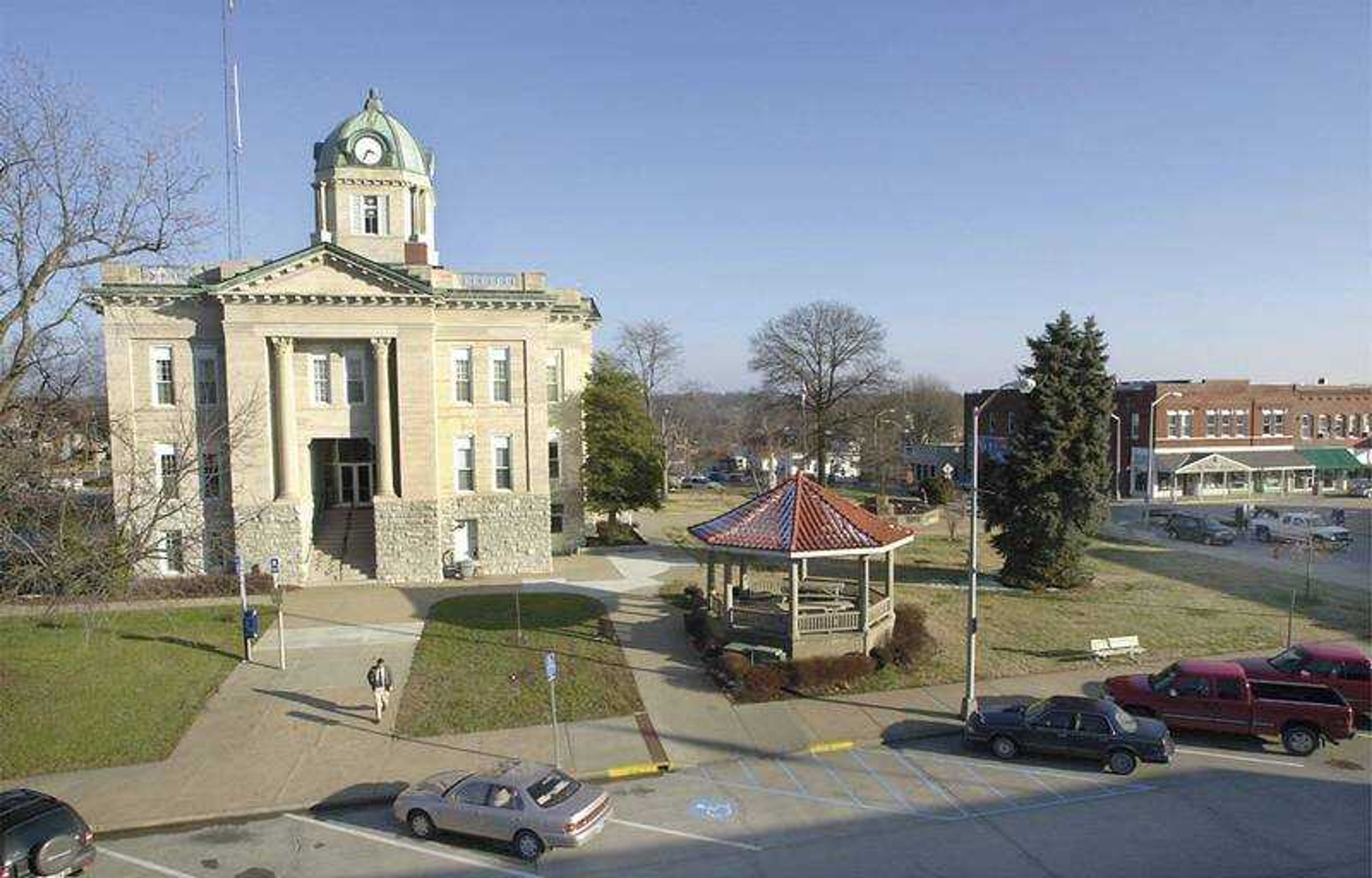Jackson Mayor Barbara Lohr can remember making the drive to Cape Girardeau through ten miles of roses.
"And it was a beautiful drive," she said.
The Ten-Mile Rose Garden, along what is now Highway 61, is long gone -- removed when the highway expanded to four lanes to accommodate increasing traffic. In 1939, 10,000 rose bushes were planted along the road, according to archivist Cathi Stoverink of the Jackson Heritage Association.
"You could still see the remnants of it in the '70s," Stoverink said.
Lohr also remembers a huge arch of trees along the highway, lost to the growth and change that has come to characterize the Jackson area over the past century.
"I truly hated to see all that go," Lohr said, "but if you stopped to think of what it would be like now to drive over there on a two-lane road, you know, that's progress. It was really necessary."
The city's history stretches back to 1814, but the original platt didn't change much until the 1900s, Stoverink said. The population of Jackson in the 1910 census was about 2,100. Lohr estimates the city is quickly approaching 15,000 residents today, and most of that growth has occurred in the latter half of the century.

Lohr said the city has lost a bit of its small-town feel over the course of her 46 years there. The parents in the park where she sent her children to play don't know every child in town anymore. The business atmosphere is not quite the same either.
Stoverink said one of the major changes the city has seen is the shift from being an agricultural center to a more industrial area. The change picked up steam when Procter & Gamble moved into the area in 1968, opening a paper products plant that currently produces Luvs, Pampers, Bounty and Charmin products.
"That was pretty much the beginning of a change," Stoverink said.
The culture in Jackson, despite the rapid growth, has not changed much, Stoverink and Lohr agreed.
Welcome signs have declared it a "city of beautiful homes, parks, schools and churches."
"And Jacksonians believe that," Stoverink said.
She said Jackson residents have always been energetic, hardworking people who care about their community and families. They don't like to be referred to as a "bedroom community" or a suburb of Cape Girardeau.
"There is a Jackson pride that is unmistakable," Lohr said. "When our young people move away, they still have that Jackson pride and we don't ever want that to change."
The black population in Jackson has dwindled over the past 100 years. Stoverink said there used to be an active black community with a black church, black school and parents who petitioned for the well-being of that school. According to the 2000 census data, however, the African American population in Jackson was about 1.3 percent.
There's no clear explanation for the change, but Stoverink said one theory -- and she stresses it is only a theory -- is that it was the result of the Supreme Court's 1954 decision in Brown v. Board of Education, desegregating schools.
The expansion of the Jackson School District, in addition to area parks and recreation, has served to attract a lot of newcomers to Jackson in recent years, Stoverink said. She thinks the growth of industry, while it may have caused the city to lose some of its identity, made it more welcoming today than it was 100 years ago.
"You had to earn your way in; they didn't just come running to you," she said. "I think it's a more open community [now]."
As Jackson prepares to mark the 100th anniversary of its Homecomers festival this week, Lohr said she would like to see future retail growth in the city to help boost its sales tax base. The city has also been working to improve its infrastructure, including planning an outer road system.
It's a continued pattern of growth and change that saw those miles of roses come and go. Lohr hopes Jackson has a 200th Homecomers -- but what the city may look like for the 2108 celebration is anyone's guess.
"I'm sure it will continue to grow," Lohr said. "And I hope that it will grow in a progressive manner, but that it will keep the same small-town attitude and pride that we've always had."
bschraum@semissourian.com
335-6611, extension 210
Have a comment?
Log on to semissourian.com/today
Connect with the Southeast Missourian Newsroom:
For corrections to this story or other insights for the editor, click here. To submit a letter to the editor, click here. To learn about the Southeast Missourian’s AI Policy, click here.







